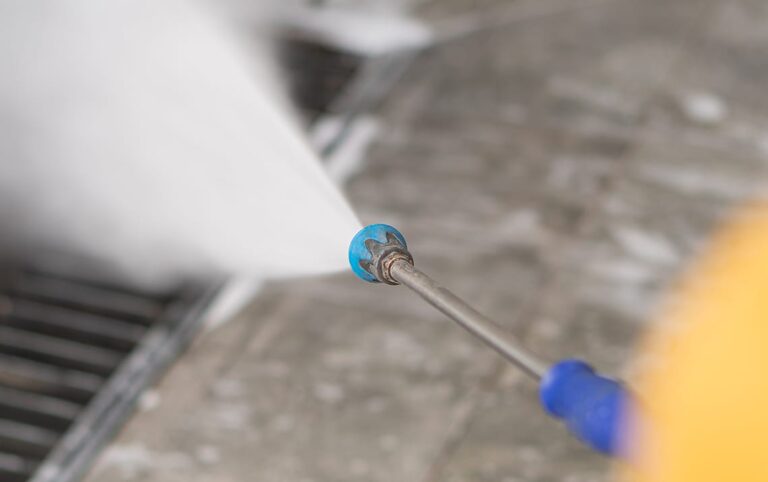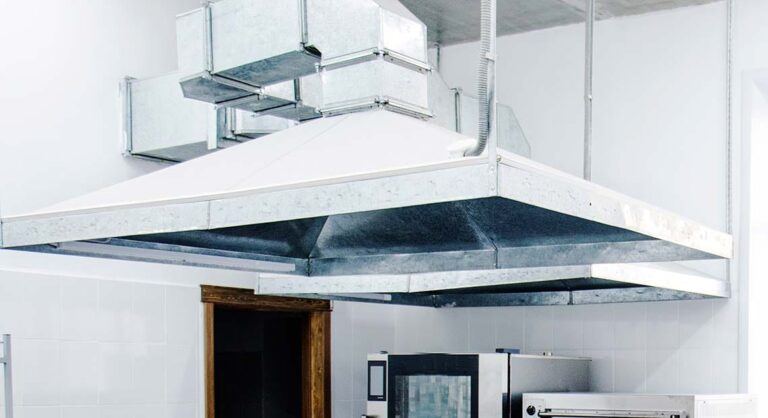Moisture Detection
Infrared moisture testing is a non-intrusive methodology utilizing infrared technology to identify and quantify the moisture content present in building materials. The advantages of employing infrared moisture testing include:
Non-Invasiveness: This technique is non-invasive, requiring no physical contact with the building materials under examination. Consequently, there is no need to damage or remove the material during the testing process.
Accuracy: Infrared moisture testing is a highly precise method for detecting moisture in building materials, furnishing reliable results crucial for making well-informed decisions regarding repairs or replacements.
Efficiency: The testing process is swift and efficient, delivering prompt results with minimal disruption to building occupants or operations.
Versatility: Infrared moisture testing applies to a broad spectrum of building materials, encompassing drywall, plaster, masonry, and roofing materials.
Cost-Effectiveness: Compared to traditional testing methods, infrared moisture testing proves cost-effective. Its ability to swiftly detect potential moisture issues helps avoid the escalation of problems that may necessitate more expensive repairs or replacements.
Preventative Maintenance: Infrared moisture testing serves as a preventive maintenance tool, enabling the early detection and resolution of potential moisture issues before they inflict significant damage to the building or its contents.
In essence, infrared moisture testing stands as a valuable instrument for identifying moisture in building materials. Its non-invasive nature, precision, rapid results, versatility, cost-effectiveness, and support for preventative maintenance make it a comprehensive and advantageous testing method.
Block Wall Scanning
Infrared block wall scanning is a non-destructive testing technique that involves the use of infrared imaging to detect defects, anomalies, and thermal irregularities in block walls. The technique works by detecting differences in the temperature of the wall’s surface, which can indicate the presence of voids, moisture, insulation problems, or other defects.
Precision: Infrared block wall scanning precisely detects defects, anomalies, and thermal irregularities in block walls by capturing surface temperature variations. This method unveils issues like voids, moisture, or insulation problems with accuracy.
Technology in Action: Utilizing an infrared camera during inspections, this non-destructive method captures thermal images to highlight temperature differences. This allows inspectors to identify potential problems not visible to the naked eye.
Versatile Applications: Infrared block wall scanning finds applications in building diagnostics, energy audits, and moisture detection, proving versatile for uncovering concealed issues like water leaks or insulation gaps.
By arming property owners and building professionals with crucial insights, this testing method supports informed decision-making regarding repairs, renovations, or maintenance. It sheds light on hidden problems that could impact the building’s structural integrity or energy efficiency, fostering proactive and strategic solutions.
Get your quote today! (704) 633-9697
Key Benefits of Infrared Thermal Imaging:
Temperature Variation Detection:
Infrared thermal imaging can uncover temperature variations imperceptible to the naked eye, enabling the identification of hot spots, cold spots, and other temperature-related issues that may signify potential problems.
Non-Destructive Testing:
This method is non-destructive, requiring no physical contact with the object under examination. This makes it suitable for assessing delicate or fragile materials and eliminates the risk of causing damage during testing.
Efficiency in Testing:
Infrared thermal imaging rapidly scans extensive areas, delivering real-time, detailed thermal images. This efficiency is particularly beneficial for testing large spaces or intricate systems.
Preventative Maintenance:
By facilitating early detection, infrared thermal imaging supports preventative maintenance, addressing potential issues before they escalate into major problems or equipment failures.
Cost-Effectiveness:
Compared to traditional testing methods, infrared thermal imaging proves cost-effective. It can identify potential problems before they necessitate expensive repairs or replacements.
Safety Measures:
Infrared thermal imaging contributes to safety by detecting potentially hazardous temperature variations in equipment or systems, aiding in accident and fire prevention.
Infrared thermal imaging emerges as a valuable tool for recognizing temperature variations and potential issues. Its non-destructive nature, efficiency, support for preventative maintenance, cost-effectiveness, and safety-enhancing features make it a versatile and advantageous testing method.









